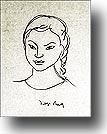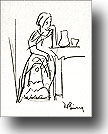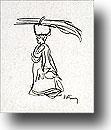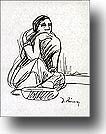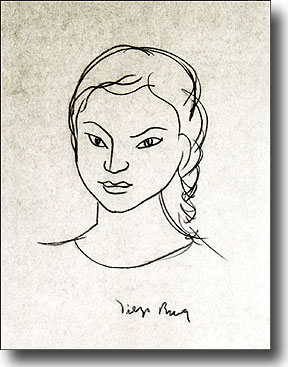Museum of Latin American Art ,
Feb 16, 2002 - Apr 14, 2002
Long Beach, CA, USA
Catalogue Foreword
by José Aguayo
This exhibition Diego Rivera: The Brilliance Before the Brush opened at the Museo de las Américas in Denver, Colorado from June 15 to August 13, 2001, and was curated by the museum’s curator, Tariana Navas-Nieves. It is currently being presented at the Museum of Latin American Art in Long Beach, California until April 14, 2002, after which it will travel to the University of Wyoming Art Museum. Ten years ago, Museo de las Américas organizers envisioned a museum showcasing the highest artistic achievements of the people of the Americas throughout history. Diego Rivera certainly belongs in the top tier of Latin America’s high achievers. Rivera is noted, primarily for his monumental murals in Mexico and in the United States. The murals, some of them subjects of intense controversy, are the main source of his status as one of the most important artists of the twentieth century. The master’s prodigious talent, however, was matched by a monumental ego, which drove him into confrontations with more than one artistic patron. One must travel to Mexico City, Cuernavaca, Detroit or San Francisco to view the work of this great Mexican master. For many people of the Rocky Mountain Region of the United States, occasional exhibits of Rivera’s lesser-known easel paintings in Cleveland, New York or Los Angeles seemed equally inaccessible. Diego Rivera’s artistic development departed from traditional Mexican academia with a ten-year sojourn through the art centers of Europe. In Paris, he interacted with seminal founders of various artistic movements including impressionsim and cubism. He painted in all of these styles, but still not content, he traveled to Italy to study classical fresco painting. When he returned to Mexico after the Revolution, he was still searching for a personal style. Submitting to the urgings of the President of Mexico, Alvaro Obregón, and the Secretary of Education, José Vasconcelos he set off to rediscover Mexico. Thus began a pattern of periodic treks to rural Mexico that Rivera maintained throughout his mature life. Rivera was captivated by the energy and color of indigenous Mexico. By this time he had adopted his habit of making quick sketches of everything that arrested his attention in notebooks carried on these trips in his voluminous pockets. These spare sketches, stripped of the remarkable detail and color of his monumental murals, enthrall the viewer with their sensuous and expressive qualities. With just a few lines, Rivera draws us into the ambiance of the Pacific coastal region of Mexico. Like most artists, Diego Rivera used these hastily executed studies as points of departure for more finished paintings in oil and watercolor. The contents of one of these notebooks make up this exhibition and are reproduced in this catalog. The Museo de las Américas is pleased to present Diego Rivera: The Brilliance Before the Brush, the first-time exhibition of forty-two images sketched on a 1920’s strip to Tehuantepec. * This text was reproduced from the exhibition catalogue, with permission from the Museum of Latin American Art, Long Beach, California, US.
|
